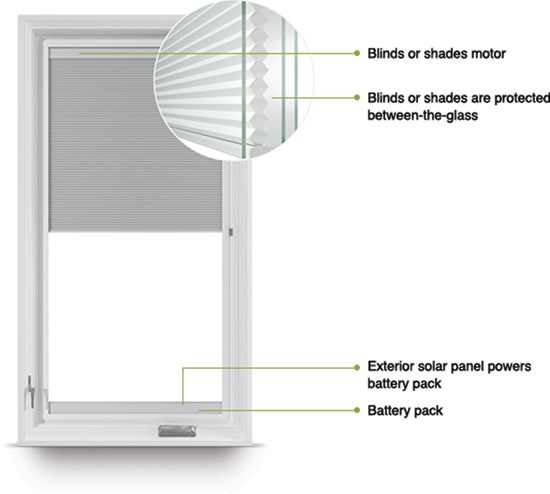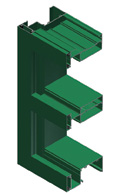Building Technologies Update for Multifamily Housing
Smart Home Automation
Many multifamily residents look for the usual benefits of security, comfort, and convenience in their living units. In all likelihood they have also become accustomed to using the ubiquitous electronic devices that seem to populate our daily lives. It should be no surprise then that manufacturers have made available a range of electronic devices and systems that can be used not only for security alarms and audiovisual systems, but for simpler things like windows and doors. Here are some current market offerings that can be readily incorporated into new or existing multifamily buildings:
• Window, door, and garage door sensors: Electronic sensors have commonly only been available as part of a building security system. However, sometimes, it is good to know if windows or doors are open or not, even if a security system isn't present. New products are available that wirelessly relay information from windows and doors to a central status indicator so, while at home, users know at a glance whether windows and doors are opened or closed. Most are designed to mount easily to most any brand of window or door.
• Entry door deadbolt sensor: An entry door deadbolt sensor can be integrated on a new entry door and will indicate on a separate status indicator whether or not the door is closed and locked.
• Blinds and shades remote control: In cases where windows may be difficult to reach or where greater convenience or control is desired, using motorized window blinds or shades with a remote control may be an attractive option. At least one manufacturer offers snap-in between-the-glass blinds and shades that can be motorized within the window unit. Others can be mounted and motorized on the inside (room-side) of the window and wall. The common choices of cellular shades, roller shades, and between-the-glass blinds or shades can all be selected to work with this technology. In addition to the convenience, and depending on the material selected, the motorized blinds or shades can help increase a home's comfort by blocking up to 50 percent more of the sun's energy than windows without blinds or shades.
• Solar power: Some of the systems available, particularly for motorized blinds and shades between-the-glass, can be specified to operate using rechargeable batteries powered by small solar electric cells between the panes of glass on the exterior side of the window. This makes retrofit installations very easy since no new wiring is required.
• Link to other systems: At least one manufacturer offers all of this sensing and operating technology to be programmed through a central unit or electronic “bridge.” This allows all of the aspects of the technology to tie into a building security or automation system. It also allows for connection and control via a smartphone using the appropriate app from anywhere inside or outside of the living unit.
Larry Ehlinger is the general manager of the Insynctive™ business unit at Pella Corporation. Pella has helped pioneer automation for windows and doors. He states, “We don't make windows and doors for homes, we make windows and doors for people—people who are asking for solutions to better control their homes and workspaces. We believe smart home technology delivers a solution that allows homeowners to control the level of security, comfort, and convenience they want in their home from their windows and doors.”


Images courtesy of Pella EFCO Commercial Solutions
Automation of window and patio door blinds or shades can help make a living unit more comfortable while providing greater comfort, convenience, and security to the residents.
Notice

www.certainteed.com/gypsum

www.efcocorp.com

www.echelonmasonry.com

www.tamlynwrap.com









